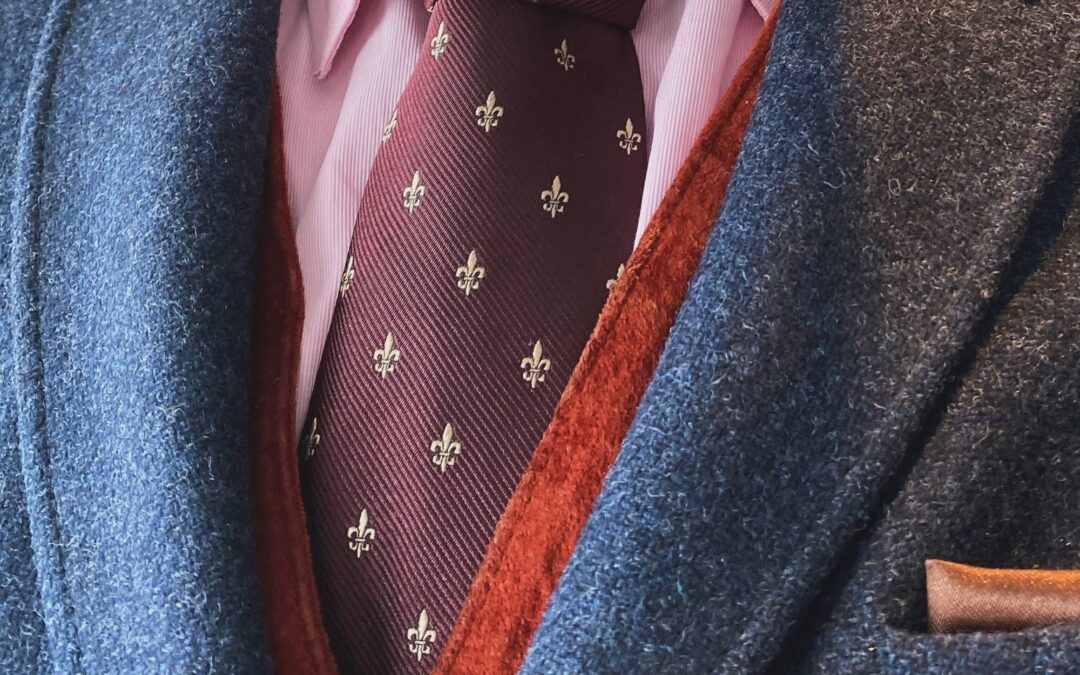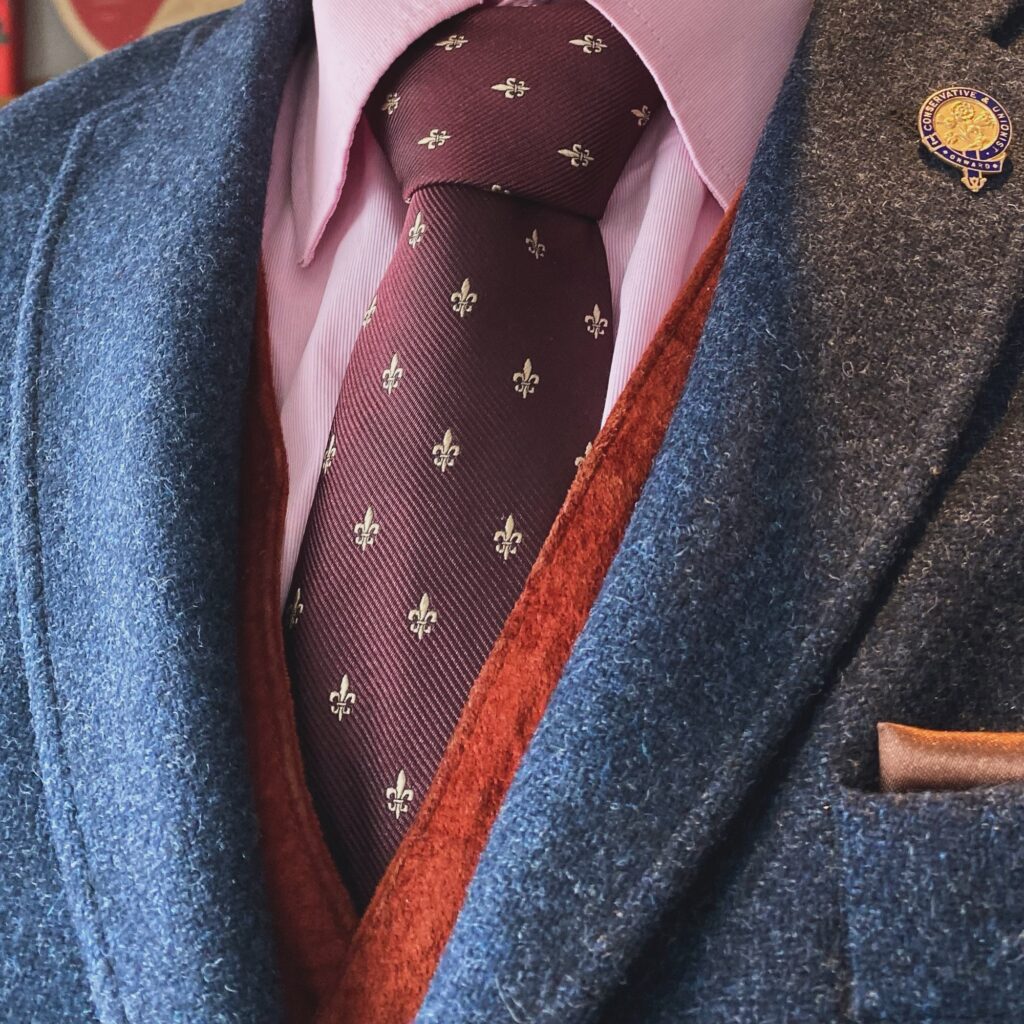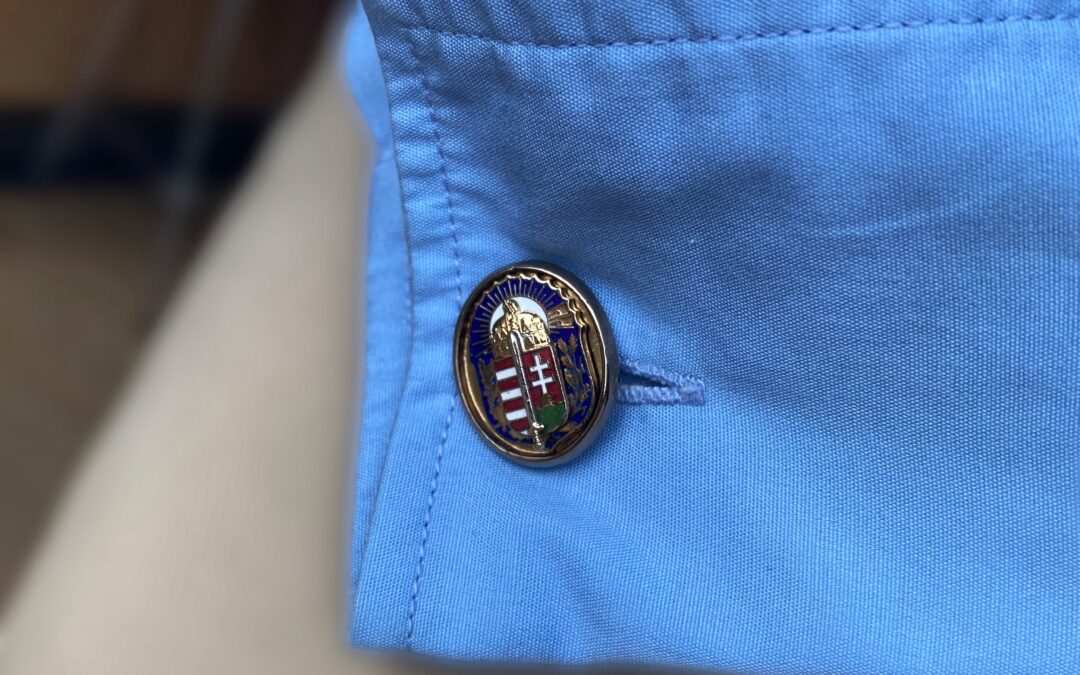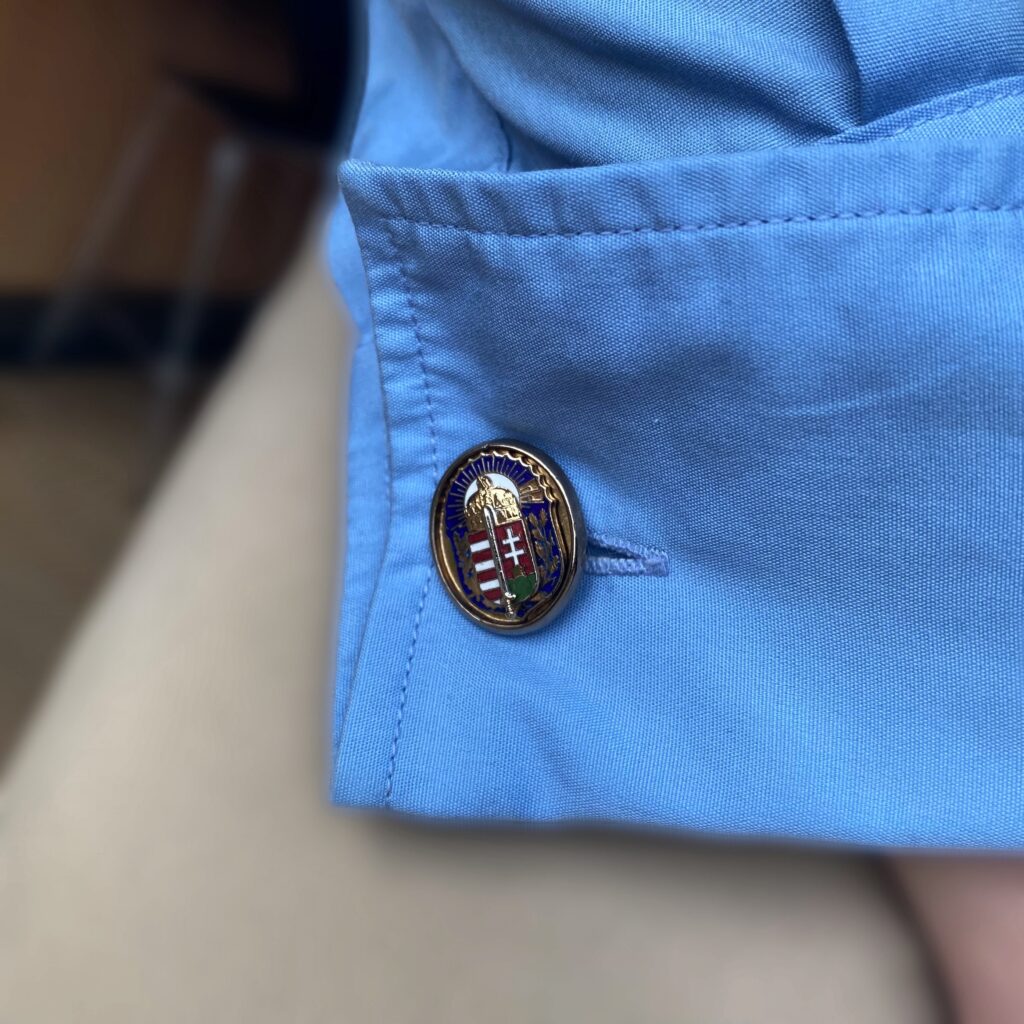
The Timeless Elegance of the Fleur-de-lis: A Symbol of Enduring Friendship and Historical Majesty
This is one of my favorite ties, adorned with a Fleur-de-lis pattern, a gift from a dear friend who has significant Hungarian connections.
The Fleur-de-lis is not just a symbol; it’s a kind of magic that resonates within your soul and mind, enduring across millennia, echoing Hungary’s own survival as a nation-state for over a thousand years.
It was Charles I, King of Hungary, who skillfully incorporated the Fleur-de-lis into the national coat of arms, blending it with the traditional per pale design of the Angevins, the Capetian dynasty in France who ruled and developed selected parts of Europe.



